If Seattle really cared about voters having a voice in city government, it would not choose all of its city leaders in low-turnout odd-year elections. To give more voters more voice, the city could eliminate low-turnout primaries and move city elections to even years, electing city leaders with ranked-choice ballots in even-year general elections. Eliminating low-turnout primaries in favor of a single high-turnout ranked-choice election skyrockets voters participation in elections. Seattle (and other Washington cities) throw an additional obstacle in voters’ paths: holding city elections in low turnout odd years. Two changes in city elections would be 10 times as effective as any “Get Out the Vote” effort in getting more Seattleites to fill out ballots: follow Oregon’s example and hold city elections in even years, and follow the examples set by a dozen other US cities that have eliminated the primary.
More than 300,000 Seattleites voted in the 2012 general election and nearly 400,000 voted in 2016. But about half those numbers turned in ballots in presidential-election year primaries and odd-year general elections, and less than half participate in odd-year primary and general elections. In other words, more than 100,000 Seattle voters who participate in presidential year general elections don’t have a say in primary elections that pick the top two candidates nor in odd-year elections that pick city officials. The smaller group of voters who pick primary winners and city winners tend to be whiter than presidential year general election voters. And they tend to be much older and whiter than Seattle’s voting age population overall.
Note that all the graphs in this article show all voters who turned in a ballot for the election in question, but some of those voters might not have cast a vote in all city races. For example, some voters counted below might have turned in an odd-year election ballot with a vote for mayor but not filled in bubbles for all the down-ballot city council races.

Original Sightline Institute graphic, available under our free use policy.
“Primary Dip,” “Odd-Year Dip” disproportionately disadvantage voters of color
One way to look at the demographic differences in turnout is to measure the “Primary Dip” and the “Odd-Year Dip”—the percentage decrease in voters between the primary and general, and between an odd-year election and the next even year election. I calculated this percentage by subtracting the number of voters in the even-year primary from the number in that year’s general election, and subtracting the number of voters in the odd-year general from the number in the next even year’s general and dividing by the number of even year general election voters.
Voters of color are disproportionately impacted by the even-year “Primary Dip.” For example, in 2012, 62 percent fewer Seattle voters of color voted in the primary than in the general while only 51 percent fewer White voters did. In 2016, the contrast was 65 percent fewer voters of color compared to 53 percent fewer White voters. Voters of color are also disproportionately impacted by the “Odd-Year Dip.” In 2015, 63 percent fewer voters of color cast a ballot in in the general election than participated in the 2016 general election, while Whites saw just a 50 percent dip. In other words, voters of color have less say than White voters in who makes it to the general ballot in even years and in who gets elected in odd years. Moving city elections to even years and eliminating primary elections would give voters of color a fairer say in who governs the city.
Turnout is so low and so White in both primary and general elections in odd years, that the odd-year “Primary Dip” isn’t as marked. It is much smaller and impacts White voters and voters of color about equally. For example, in 2017, people of color had a 15 percent dip from the general to primary while White people had a 16 percent dip. Voters of color have already been disproportionately disenfranchised by holding city elections in odd years, so the addition of the primary doesn’t have much further impact on them.

Original Sightline Institute graphic, available under our free use policy.
People of color are a bigger percentage of voters in presidential year general elections in Seattle
Voters of all races turn out in much bigger numbers for presidential year general elections than for others, but Seattle voters of colors increase their turnout even more than do White voters. As a result, voters of color make up a bigger percentage of all voters in presidential year general elections than in primary elections or odd-year elections. Voters of color made up at least 13 percent of Seattle voters in 2012 and 2016. But they make up closer to 10 percent of all voters in primaries and in odd-year general elections. African American, Asian American, and Latinx voters have a relatively bigger voice in presidential year general elections and a relatively smaller voice in primary and odd-year elections in Seattle.

Original Sightline Institute graphic, available under our free use policy.
Primaries, odd-year elections disproportionately disenfranchise voters of color
Seattle’s primaries and odd-year elections give more voice to a whiter portion of the population. Although voters overall are whiter than the voting age population, the skew is more pronounced in primary and odd-year elections. This might not be such a big deal if the primaries and odd-year elections weren’t that important, but in Seattle, the odd years are when voters get to choose their city officials. By holding city elections in odd years, Seattle ensures that more than 100,000 voters, of whom a disproportionate number are voters of color, don’t get a say in the city’s leadership.

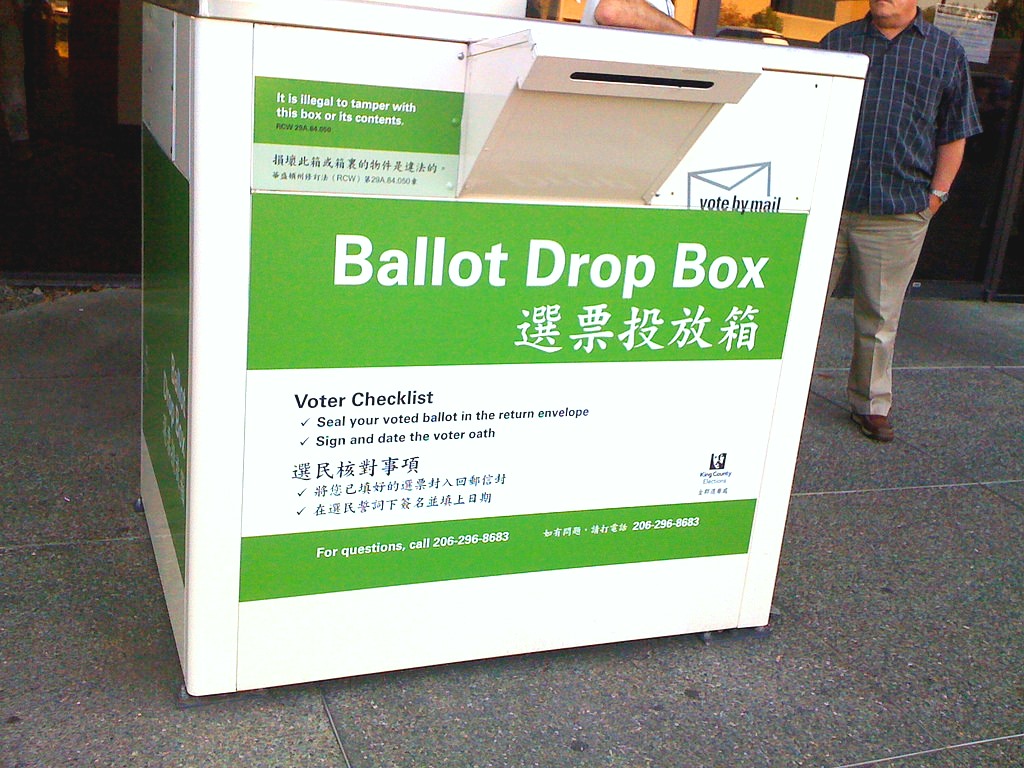
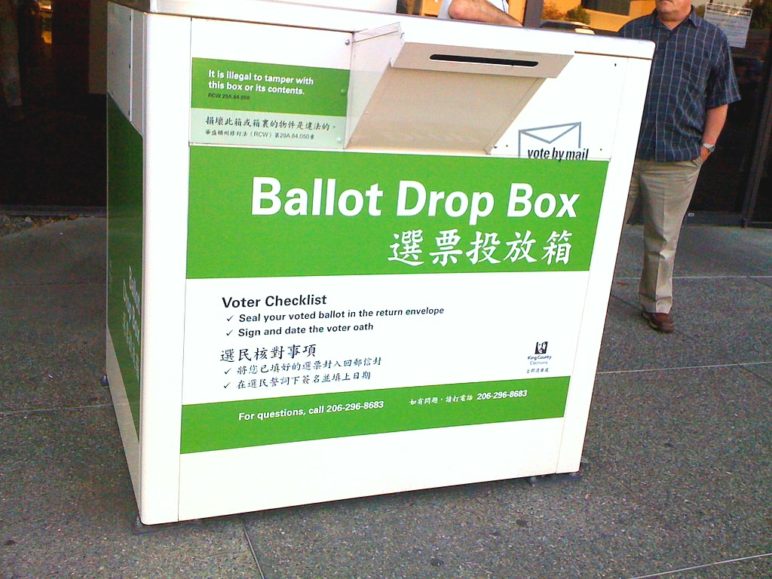

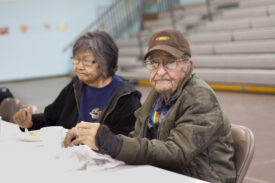
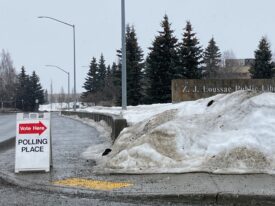
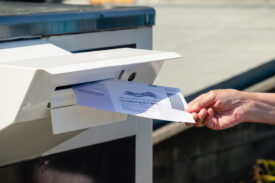
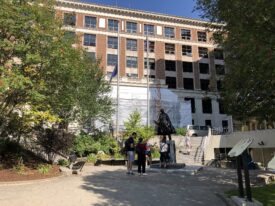
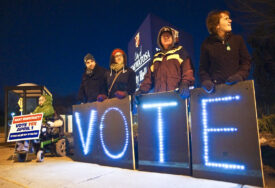

Soccer Fan
The only way you can claim folks are disenfranchised is if they were not mailed ballots. If people choose not to vote, that does not equate to them “having no say.” There is accountability here…if you choose to see it.
Confused in the CD
I think you’re pulling your punch here. Is this not an argument that A) We should abolish primaries in favor of some sort of instant runoff-type voting system (as you’ve written about previously) and B) That we should not have any elections at all in odd-numbered years? (Which seems like a new and pretty radical notion!)
Brook 1222
I would like to know what percent of votes are placed in Dropboxes. Do they improve votin rates?
Mickymse
I’m in favor of these things… and even I don’t quite understand this article. The author just seems to make several completely unsubstantiated conjectures based on graphs about who turns in ballots at any given time.
Perhaps more people are interested in Presidential elections than local ones. There’s certainly evidence out there to suggest this. Jurisdictions that have “off-year” elections traditionally did so specifically to allow for more attention to be given, more news coverage, and better education of traditionally disenfranchised voters. Are there other ways to support that around here? Is there evidence to suggest that isn’t the case here? Is the author just assuming that if the even-year ballots were twice as long, with more than double the amount of races to consider that everyone would be better equipped to make their choices? Etc. Etc.